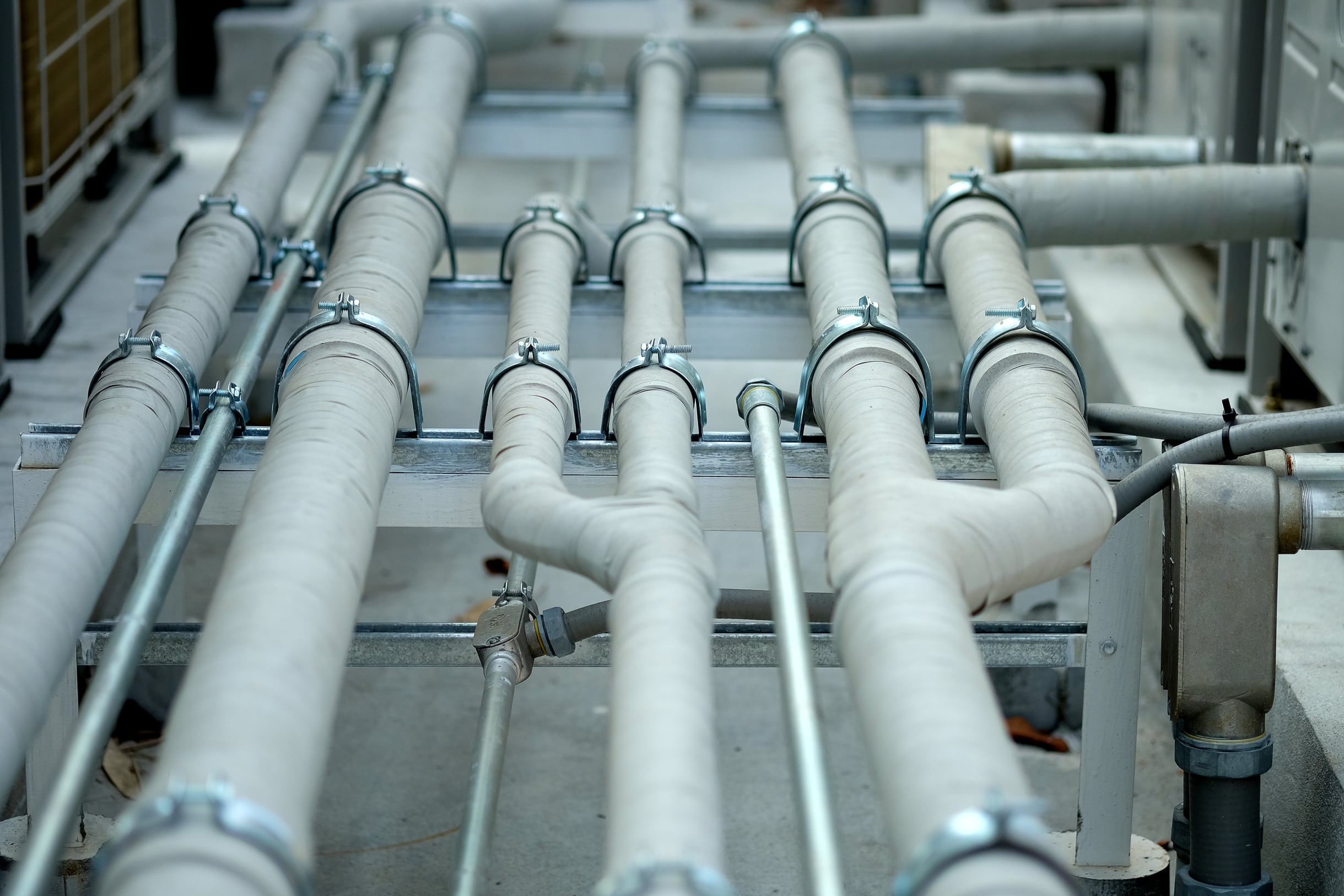When it comes to heating, the system you choose for your home plays a significant role in both energy efficiency and overall comfort. A high-efficiency boiler might be just what you need, especially in an older home where outdated systems can eat into your energy budget. But how do you go about installing a high-efficiency boiler system? In this article, we explore best practices for installing these heating systems, ensuring you can enjoy a warm, comfortable home without breaking the bank.
Understanding Your Home’s Current Heating System
Before diving headlong into the installation of a high-efficiency boiler, it’s essential to understand the existing heating system in your home. Older homes typically rely on HVAC systems, furnaces, or boilers to provide heat. While these can be reliable, they often fall short in terms of energy efficiency.
Also read : What Are the Best Low-Light Indoor Trees for a Dramatic Living Room Focal Point?
On the other hand, high-efficiency boilers use less energy and can provide the same amount of heat as conventional boilers. This is achieved by condensing the water vapor in the flue gases to recover latent heat, raising the system’s efficiency significantly. However, the installation process requires a professional understanding of your home’s current system.
Analyzing your current heating system includes understanding the fuel it uses (whether gas, oil, or electricity), its energy efficiency, and how it distributes heat, whether through air or water. This will determine the best type of high-efficiency boiler for your home.
In the same genre : How Can You Maximize Space with a Pull-Out Pantry in a Small Kitchen?
Choosing the Right High-Efficiency Boiler
Once you’ve got a good grasp of your current heating system, the next step is to select the right high-efficiency boiler. Boilers are classified based on the type of fuel they use, the method of heating water, and the way heat is distributed. They can be gas-fired, oil-fired or electric, and use hot water, steam, or warm air to distribute heat.
Your choice of boiler will largely depend on the type of fuel readily available in your area and the existing infrastructure in your home. For instance, if your home currently has a gas boiler, it may make sense to opt for a high-efficiency gas boiler to minimize installation costs. However, if your current system is electric and gas is cheaper and more efficient in your area, you may consider switching.
Make sure to check the Annual Fuel Utilization Efficiency (AFUE) rating of the boiler you choose. This measures how efficiently a boiler converts fuel into heat. High-efficiency boilers typically have an AFUE rating of 90-98.5%.
Preparing Your Home for Installation
With the right boiler chosen, you’ll need to prepare your home for the installation. A crucial aspect here is ensuring your home is properly insulated. High-efficiency boilers work best in well-insulated homes as they retain heat better, keeping your boiler from working harder than it needs to.
Check the insulation in your home, especially in the attic and walls. If necessary, upgrade your insulation before installing the new boiler. Also, make sure your windows and doors are well-sealed to prevent drafts and heat loss.
Professional Installation for Optimum Performance
When it comes to the actual installation, it’s best to leave it to the professionals. High-efficiency boilers require precise installation to ensure they perform at their best. A professional installer will ensure the boiler is properly sized for your home, correctly installed, and thoroughly tested to ensure it’s working efficiently.
Improper installation can lead to a poorly functioning system and increased energy costs. A professional will also ensure that the boiler complies with local codes and regulations concerning safety and efficiency.
Regular Maintenance for Continued Efficiency
Even after installing your high-efficiency boiler, regular maintenance is necessary for it to continue operating at optimal levels. Regular servicing includes checking the boiler’s flue to ensure it’s not blocked, monitoring the system’s pressure, and cleaning the boiler to remove any dust or debris that could affect its performance.
Regular maintenance not only ensures your boiler operates efficiently, but it also extends its lifespan, giving you more value for your investment.
In conclusion, installing a high-efficiency boiler in an older home is a great way to improve energy efficiency and comfort. However, it’s essential to understand your current system, choose the right boiler, prepare your home for installation, get professional installation, and perform regular maintenance for the best results.
Exploring Additional High-Efficiency Heating Options
Apart from the high-efficiency boiler system, it’s worth exploring other high-efficiency heating options like heat pumps. Heat pumps work by transferring heat from one place to another, making them highly energy-efficient. They use electricity, but their energy savings often outweigh the cost of electricity, making them a viable option for many homeowners.
Heat pumps come in various types, including air-source heat pumps, ground-source (geothermal) heat pumps, and mini-split (ductless) heat pumps. The choice of heat pump will depend on your location, climate, and the specifics of your home. For instance, geothermal heat pumps are highly efficient but require a considerable amount of land for installation.
Like boilers, heat pumps also require correct installation and regular maintenance for optimal performance and longevity. Therefore, whether you’re considering a high-efficiency boiler or a heat pump, the principles of understanding your current system, choosing the right equipment, preparing your home, and establishing a maintenance regimen apply.
Going Beyond Heating: Integrating a High-Efficiency HVAC System
While you’re upgrading your heating system, you might also consider integrating a high-efficiency HVAC system into your home. The HVAC system includes heating, ventilation, and air conditioning components, providing a comprehensive solution to your home’s climate control needs.
By integrating a high-efficiency HVAC system, you can ensure that your home is not only warm during the winter but also cool during the hot summer months. Furthermore, a well-functioning HVAC system can improve indoor air quality, making your home healthier and more comfortable to live in.
Just like high-efficiency boilers and heat pumps, high-efficiency HVAC systems require professional installation and regular maintenance for optimum operation. Understanding your current HVAC system, choosing the right new system, preparing your home for installation, and maintaining the system post-installation remain essential steps in the process.
Conclusion: Embracing Energy-Efficient Home Heating Solutions
In today’s world, where energy conservation and cost savings are paramount, upgrading your old heating system to a high-efficiency system is a wise move. Whether you choose a high-efficiency boiler, a heat pump, or an integrated HVAC system, be sure to understand your current system, choose the right equipment, prepare your home correctly for installation, and commit to regular maintenance.
Remember, while the upfront cost might seem steep, the long-term energy savings and improved comfort of your home will make up for it. With a high-efficiency heating system, you’ll not only be reducing your energy consumption and carbon footprint, but also enjoying a warm, comfortable home for many years to come. Therefore, investing in a high-efficiency heating system is not just good for you, but also for the planet.






